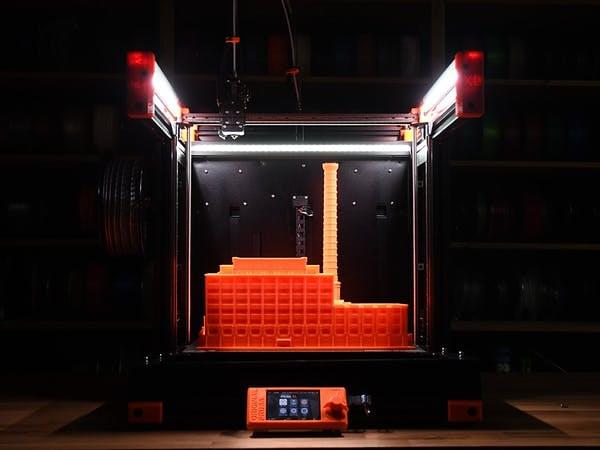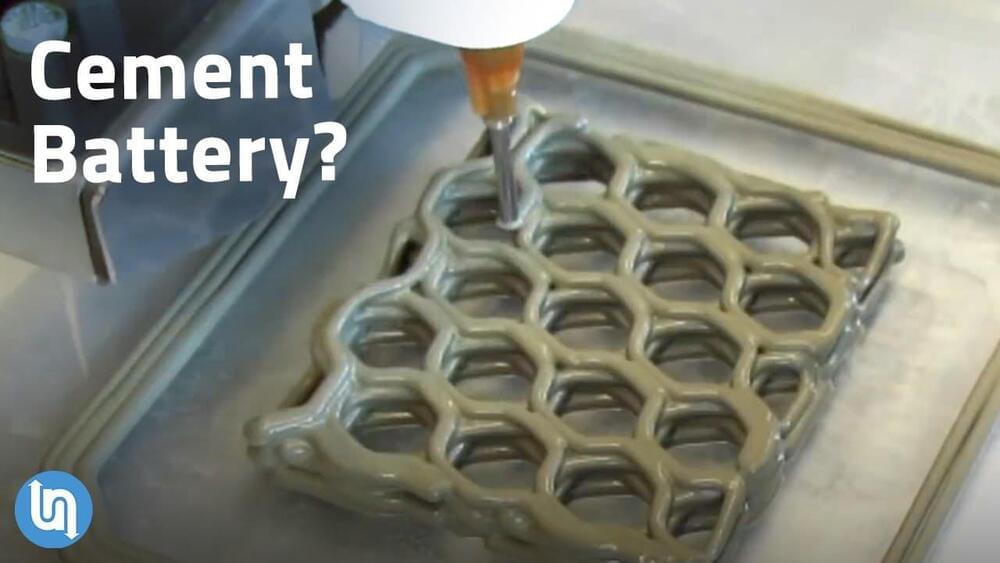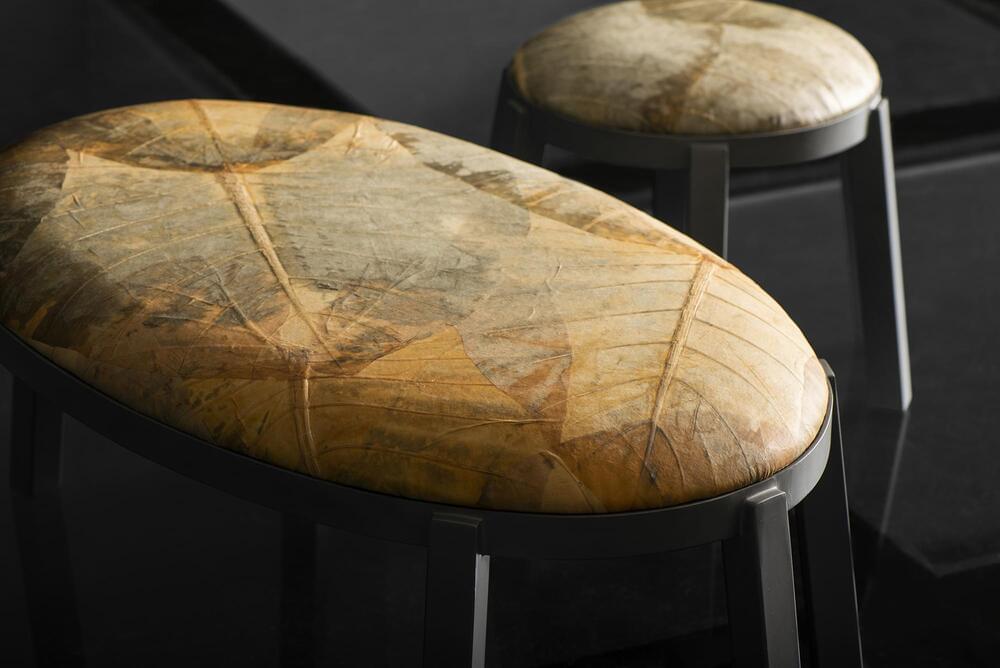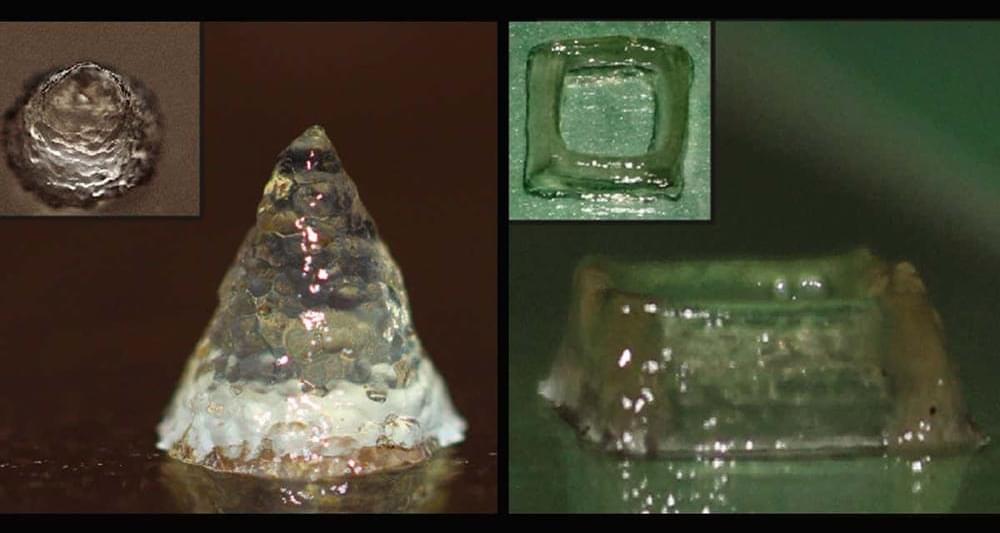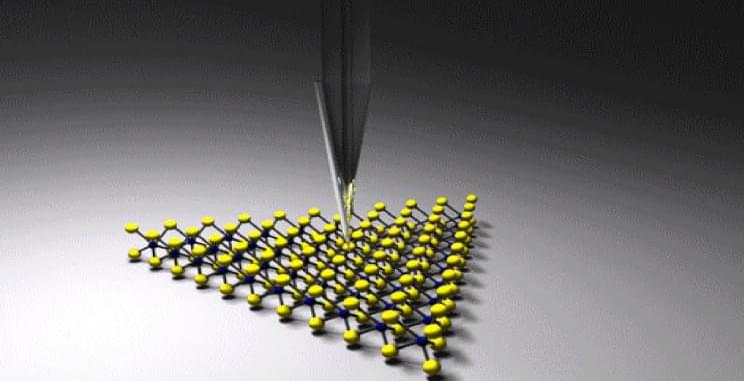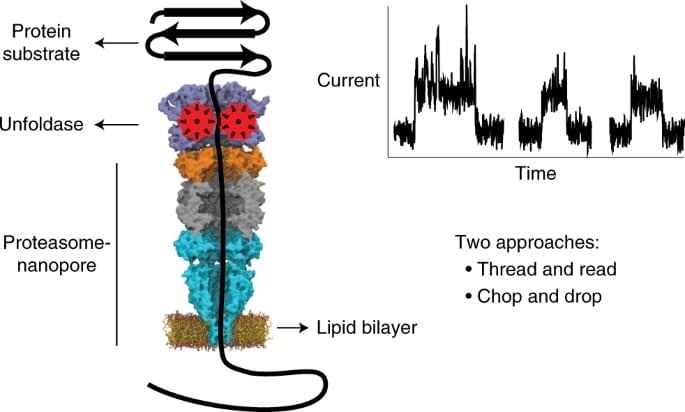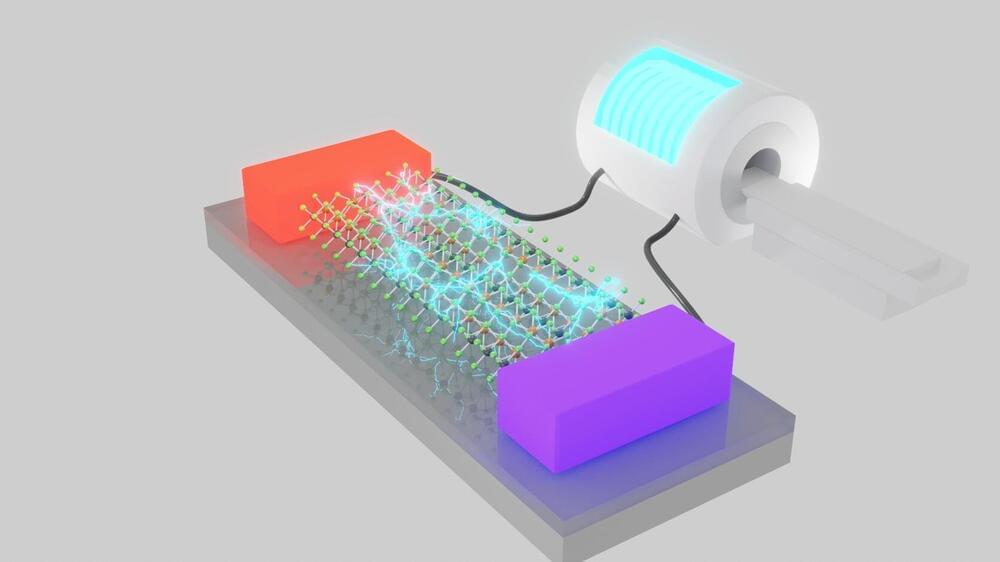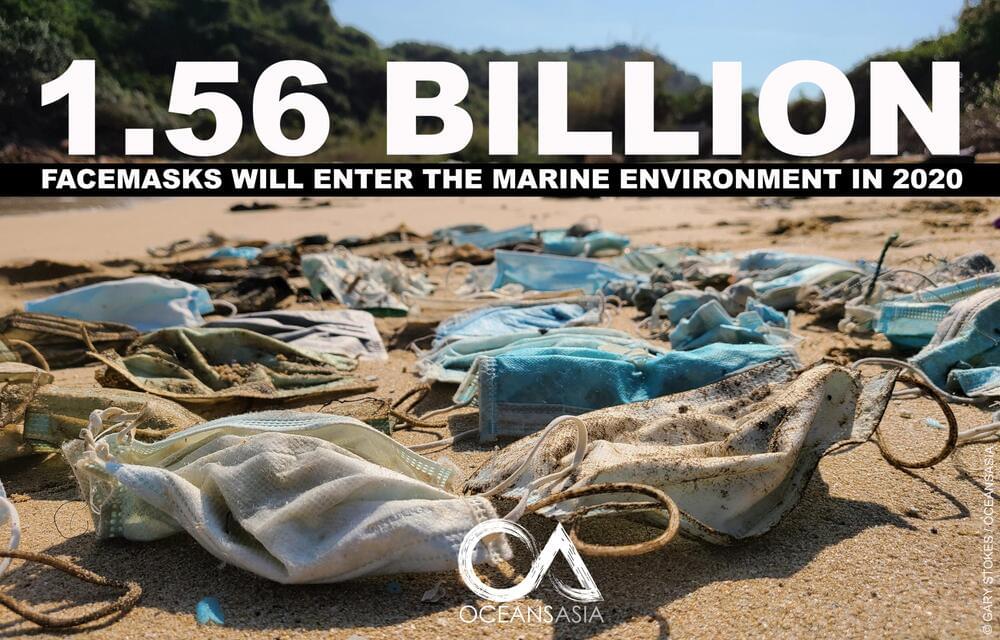The market introduction of the MR-Linac technology improves the patient care via the real-time imaging of the targeted PTVs. Conventional Water Phantoms with ferromagnetic material become prohibited due to safety reasons. To overcome this situation, LAP introduced the MR-compatible Water Phantom THALES 3D MR SCANNER. Dr Thierry Gevaert, medical physicist and co-ordinator at the UZ Brussel institute, will share his experience with the THALES 3D MR SCANNER during the commissioning of the MRIdian Linac of Viewray. Furthermore, he will highlight which benefits played an important role for his clinical workflow.
During the webinar you will also learn more about the THALES technology for commissioning and quality-assurance processes of conventional Linacs.

